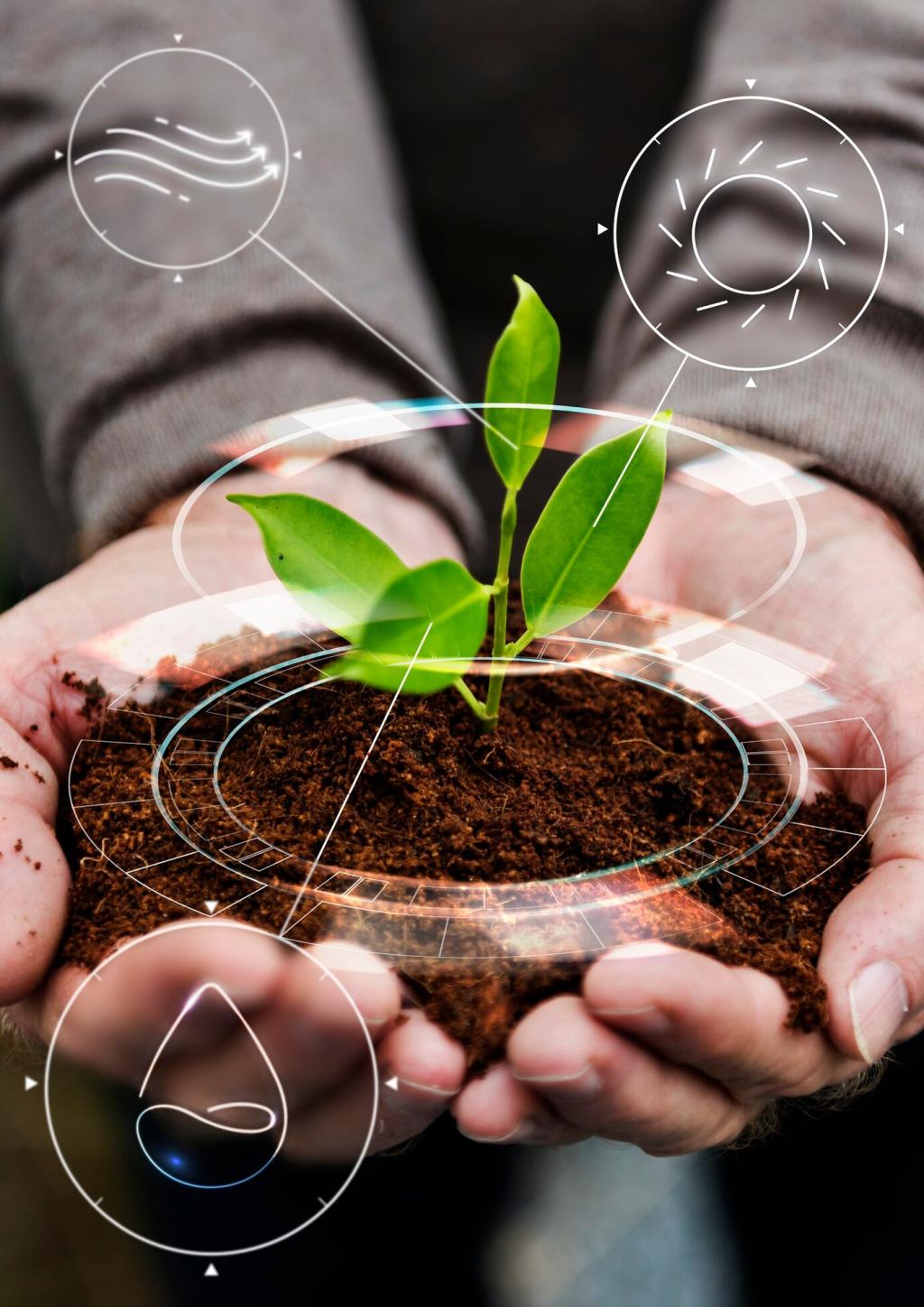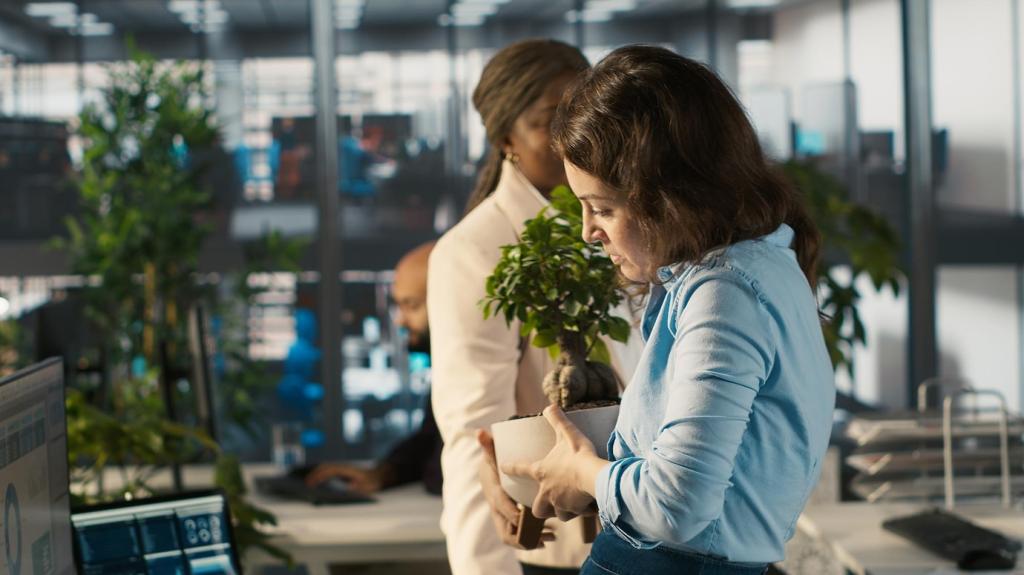Innovative Upcycling Techniques for Sustainable Living
Embracing sustainable living means reimagining the way we interact with everyday materials and objects. Upcycling, or transforming discarded items into new products of higher quality or environmental value, is a creative and impactful approach to reducing waste. Through innovative upcycling techniques, individuals can conserve resources, minimize their ecological footprint, and enrich their homes and communities with unique, functional creations. This page explores advanced methods, creative inspirations, and the community-driven impact of upcycling, all designed to help you incorporate more sustainable practices into your lifestyle.
Creative Reinventions: Elevating Everyday Objects
Textile Transformation
Upcycling textiles is a powerful way to reduce landfill waste and save energy otherwise spent on manufacturing new fabric. Old clothes, linens, and even fabric scraps can be transformed into stylish accessories, functional organizers, or patchwork home decor pieces. With imaginative stitching or creative dyeing techniques, seemingly valueless textiles get a vibrant second act. Textile artists have shown that unique backpacks, tote bags, and quilted throws can all originate from what would otherwise be thrown away. This process not only conserves resources but also adds a personal touch to your environment, with each upcycled item bearing its own one-of-a-kind story.
Furniture Revival
Discarded furniture often ends up in landfills, but innovative upcycling can give these pieces a new lease on life. Through refinishing, painting, or even restructuring, worn-out tables, chairs, and shelves can be turned into statement pieces that rival designer creations. Techniques such as decoupage, distressing, or using mixed materials encourage customization and creativity. By investing time and effort into furniture upcycling, individuals foster a deeper appreciation for craftsmanship while making sustainable choices for their spaces. The process not only preserves resources but also reduces the need to buy new items, making it a cost-effective approach to interior design.
Glassware Artistry
Old jars, bottles, and glass containers often clutter kitchen cabinets or end up in recycling bins. Upcycling unlocks their potential, transforming them into beautiful and practical objects such as vases, lamps, or storage solutions. With techniques like glass painting, etching, or cutting, these containers can become both functional and decorative. Glass upcycling requires creativity and some technical know-how, but the results can be astonishing. Repurposed glassware brings a touch of elegance and sustainability into daily life, encouraging people to see waste not as a burden but as a source of opportunity and inspiration.


Eco-Friendly Planters and Garden Beds
Old containers, crates, and bathtubs need not end up as trash—they can be transformed into unique, functional garden beds and planters. With careful preparation and imaginative arrangement, upcycling these items allows gardeners to tailor planting systems to their available space and style. Eco-friendly planters often promote better drainage and can be elevated or portable, making gardening accessible for all abilities. This technique is particularly valuable in urban settings where land is limited. The resulting gardens not only reduce costs but also minimize plastic waste and the carbon footprint associated with mass-produced horticultural products.
Water Conservation Systems
Maintaining a sustainable garden often involves upcycling household items into simple water management tools. Rain barrels from old drums, drip irrigation systems fashioned from repurposed bottles, or greywater recycling setups can all be created with a bit of ingenuity. These upcycled solutions help conserve water, reduce reliance on municipal supplies, and promote responsible resource use. Their adaptability makes them ideal for gardens of any size. Implementing upcycled water systems supports healthy outdoor environments while empowering gardeners to tackle environmental challenges directly through their own creative problem-solving.
Wildlife Habitats and Pollinator Support
Implementing upcycling techniques can transform everyday objects into important support systems for local wildlife and pollinators. Birdhouses crafted from old wood, bee hotels made from hollow stems in discarded frames, or butterfly feeders built from glassware all contribute to urban biodiversity. These small interventions provide shelter and sustenance for essential species, helping to rebalance ecosystems often disrupted by development. Upcycled wildlife habitats are a testament to how sustainable thinking can enhance both human and natural communities, strengthening the bond between people and the environment.
